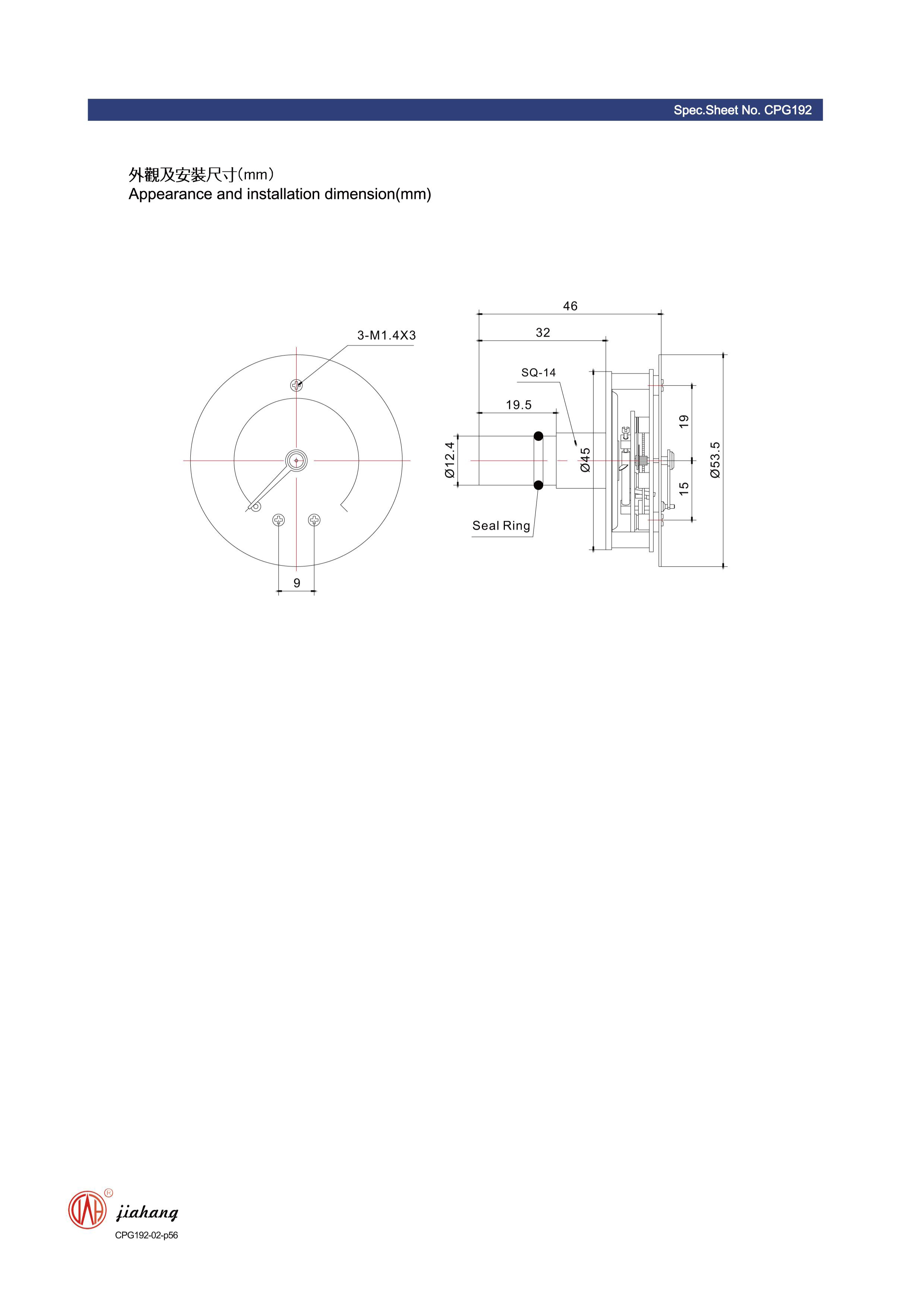
Dec . 30, 2024 02:55 Back to list
buy fire sprinkler pressure gauge
Understanding Fire Sprinkler Pressure Gauges A Comprehensive Guide
When it comes to fire safety, every component of a fire suppression system plays a crucial role in protecting lives and property. Among these components, the fire sprinkler pressure gauge stands out as an essential tool in ensuring the effective operation of a fire sprinkler system. This article will explore the importance of fire sprinkler pressure gauges, how they work, factors to consider when purchasing one, and maintenance tips to ensure optimal performance.
What is a Fire Sprinkler Pressure Gauge?
A fire sprinkler pressure gauge is an instrument used to measure the water pressure within the fire sprinkler system. It provides crucial information about the system's performance, ensuring that the water supply is adequate for the sprinklers to function effectively when needed. These gauges are typically installed at key points in the system, such as the riser, to monitor pressure levels continuously.
Importance of Pressure Gauges
Understanding pressure levels in a fire sprinkler system is vital for several reasons
1. Early Detection of Issues A drastic drop in pressure can indicate a problem, such as a leak or malfunction in the system. Regular monitoring allows for early detection of these issues, preventing potential failures during a fire emergency.
2. Compliance with Regulations Most fire codes require that fire sprinkler systems be equipped with pressure gauges. Compliance with these regulations is crucial for ensuring safety and avoiding legal repercussions.
3. System Optimization By keeping track of pressure levels, facility managers can ensure that the system operates within the designed specifications. This leads to optimal performance and can extend the lifespan of the system.
How Do Fire Sprinkler Pressure Gauges Work?
Pressure gauges work on the principle of mechanical deformation. When water enters the gauge, it exerts pressure on a diaphragm or Bourdon tube, causing it to move. This movement is translated into a readable format on the gauge face, typically measured in pounds per square inch (psi) or bar.
There are several types of pressure gauges available, including liquid-filled gauges, which are designed to dampen vibrations and reduce wear, and mechanical gauges, which use a simple mechanical design to indicate pressure levels. Each type has its advantages and is suited for different applications.
Choosing the Right Pressure Gauge
buy fire sprinkler pressure gauge

When selecting a fire sprinkler pressure gauge, several factors should be considered
1. Pressure Range Ensure the gauge can handle the specific pressure range of your system. It should be capable of measuring both the normal operating pressure and the maximum pressure to avoid any potential issues.
2. Material and Construction Pressure gauges are made from various materials, which can affect their performance and durability. For example, brass and stainless steel gauges are often preferred for their corrosion resistance and longevity.
3. Size and Readability Choose a gauge size that is appropriate for your installation and one that provides clear, easy-to-read measurements. Larger dials with high contrast can be advantageous for quick readings, especially in emergency situations.
4. Certification Look for pressure gauges that are certified by recognized standards organizations to ensure quality and reliability.
Maintenance Tips
To ensure fire sprinkler pressure gauges work effectively, regular maintenance is crucial
1. Frequent Inspections Conduct regular visual inspections of the pressure gauges for any signs of damage or leakage. Ensure that they are properly mounted and that the reading is accurate.
2. Calibration Periodically calibrate gauges to verify their accuracy. This may require professional assistance, especially for more sophisticated systems.
3. Prompt Repairs If a gauge shows signs of malfunction, such as erratic readings or physical damage, replace it immediately to maintain the integrity of the fire sprinkler system.
Conclusion
Investing in a quality fire sprinkler pressure gauge is essential for maintaining an effective fire suppression system. By ensuring proper pressure levels and conducting regular maintenance, facility managers can protect lives and properties while adhering to safety regulations. Fire safety is not just about having the equipment; it’s about ensuring that each component works seamlessly together to provide peace of mind in times of crisis. When it comes to fire safety, every detail matters, including the pressure gauge that keeps it all in check.
-
High-Precision 5 Valve Manifold Differential Pressure Gauge Suppliers
NewsApr.29,2025
-
High-Precision Diaphragm Vacuum Pressure Gauges Manufacturers & Quotes
NewsApr.29,2025
-
Omega Differential Pressure Gauges High Accuracy & Durability
NewsApr.28,2025
-
Low Pressure Differential Pressure Gauges Precision Solutions & Quotes
NewsApr.28,2025
-
Digital Diaphragm Pressure Gaauge Precision Measurement & OEM Quotes
NewsApr.28,2025
-
Differential Pressure Gauge China Price High-Accuracy & Best Quotes
NewsApr.28,2025
